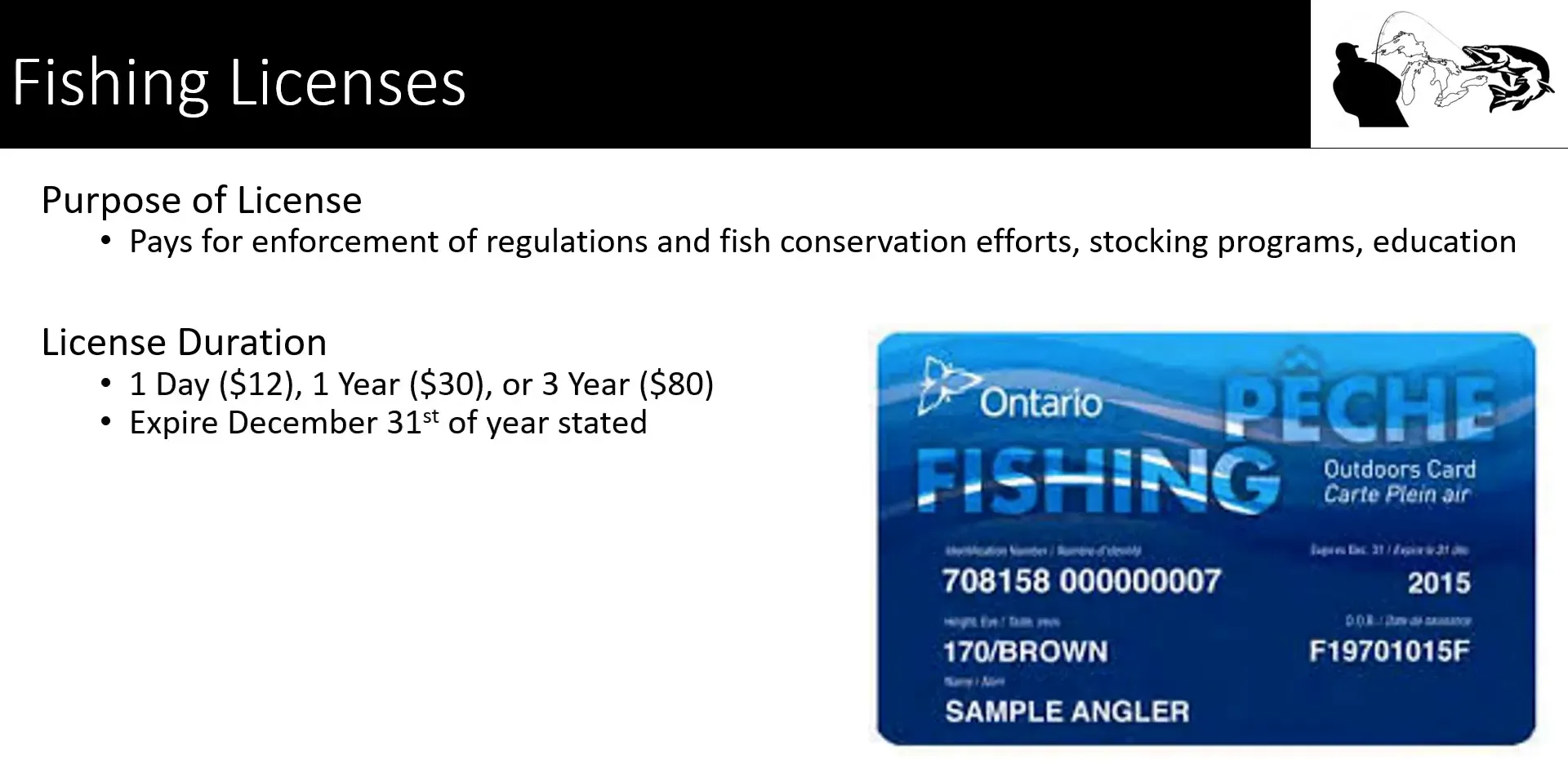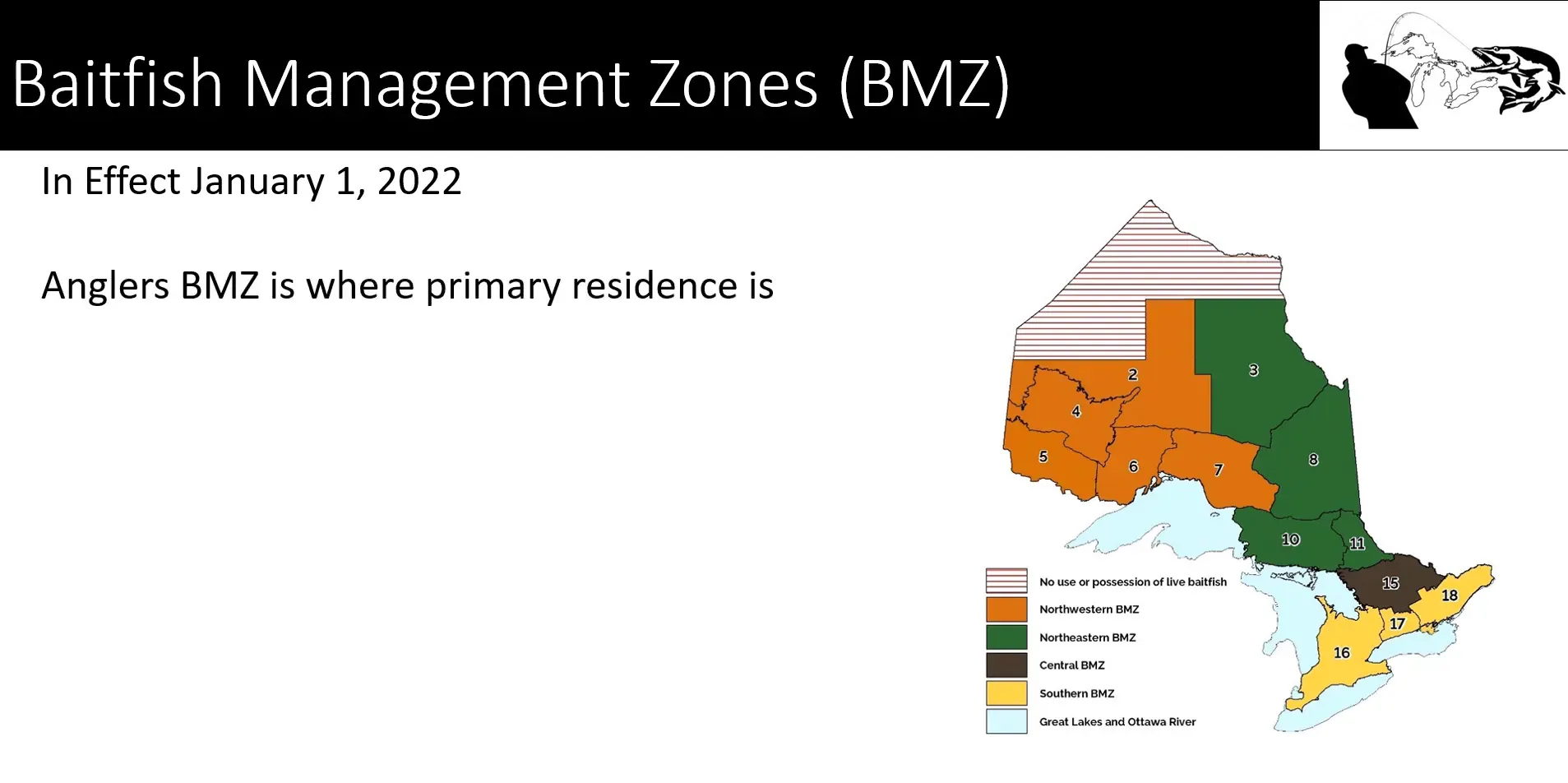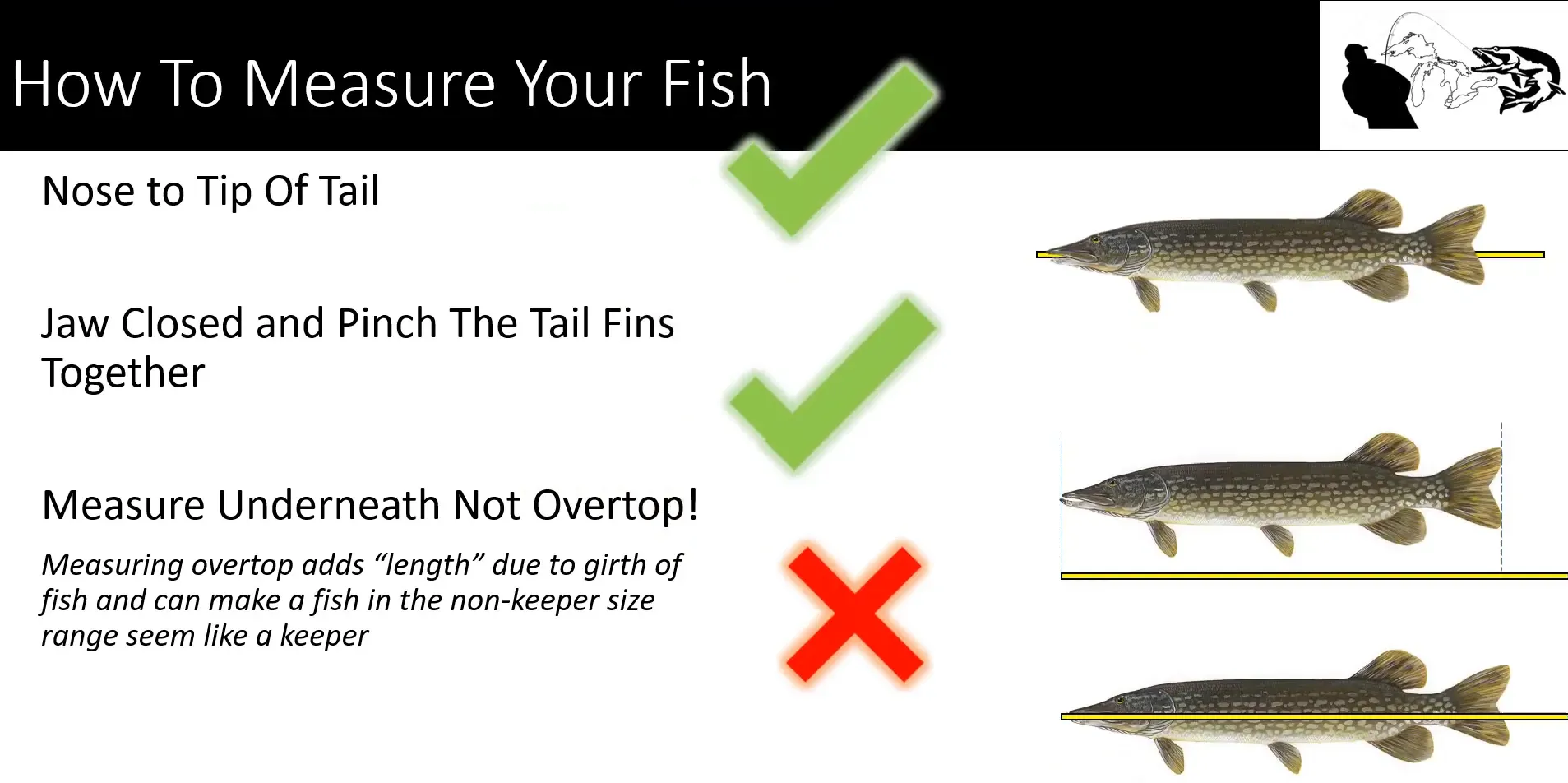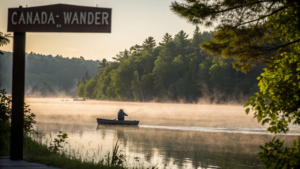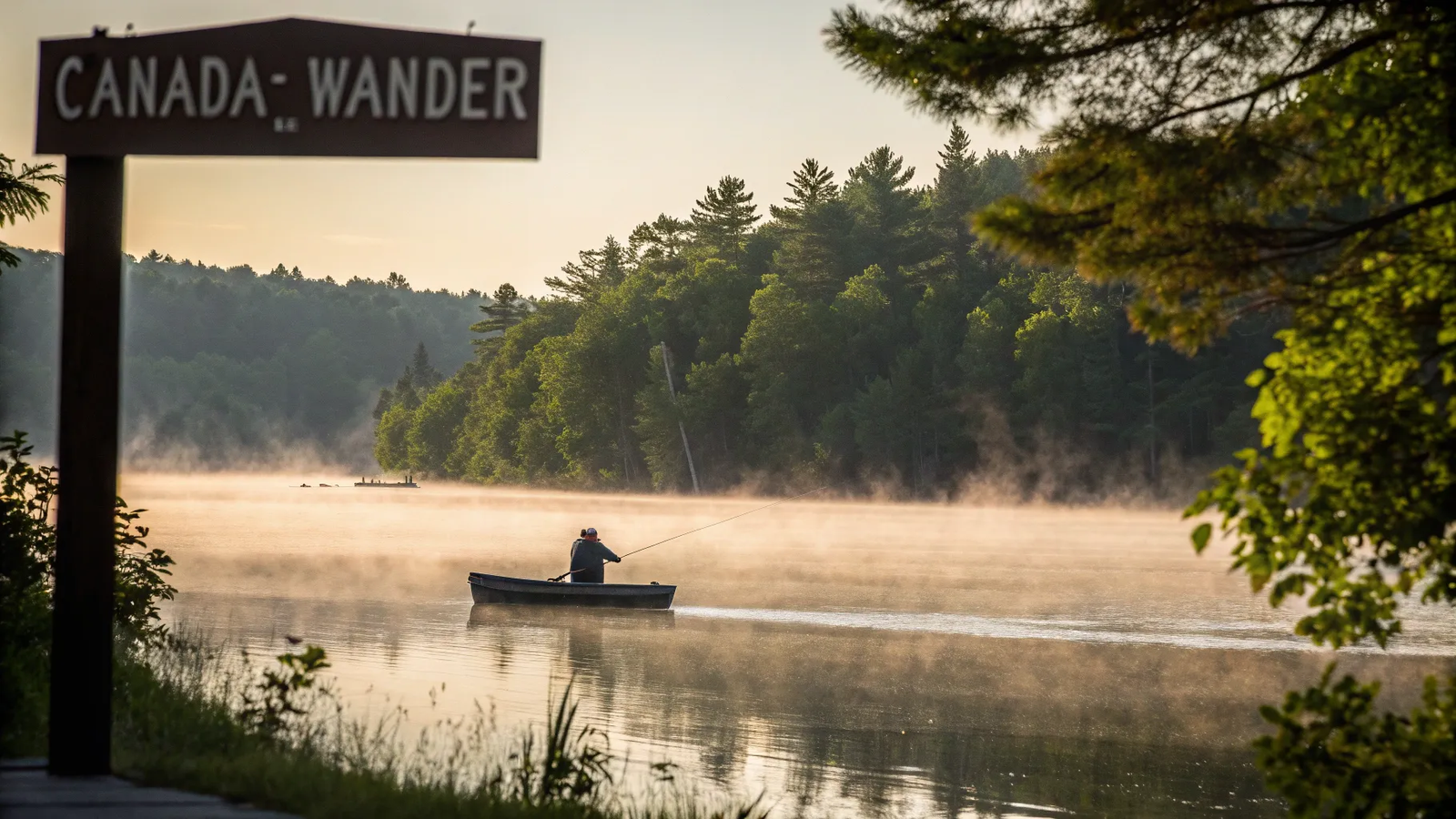
Fishing has been a beloved pastime for centuries. Yet, despite all the advances in technology and communication, the secrets of fishing often remain closely guarded by seasoned anglers. Ever tried to get fishing tips from friends or online only to hear vague answers like, “I caught this fish in the lake,” or “It bit my secret lure”? That’s because most anglers spend years discovering the best spots, lures, and techniques and are understandably protective of their hard-earned knowledge.
That steep learning curve can make it tough for newcomers to dive into fishing and fully enjoy everything it has to offer. But here’s the good news: in today’s world, the most powerful fishing tool you can have is quality information. Success on the water boils down to the decisions you make, and those decisions rely heavily on the info you have at hand. That’s why understanding the fishing regulations in Ontario is so crucial — it helps you fish smart, stay legal, and protect the environment for future generations.
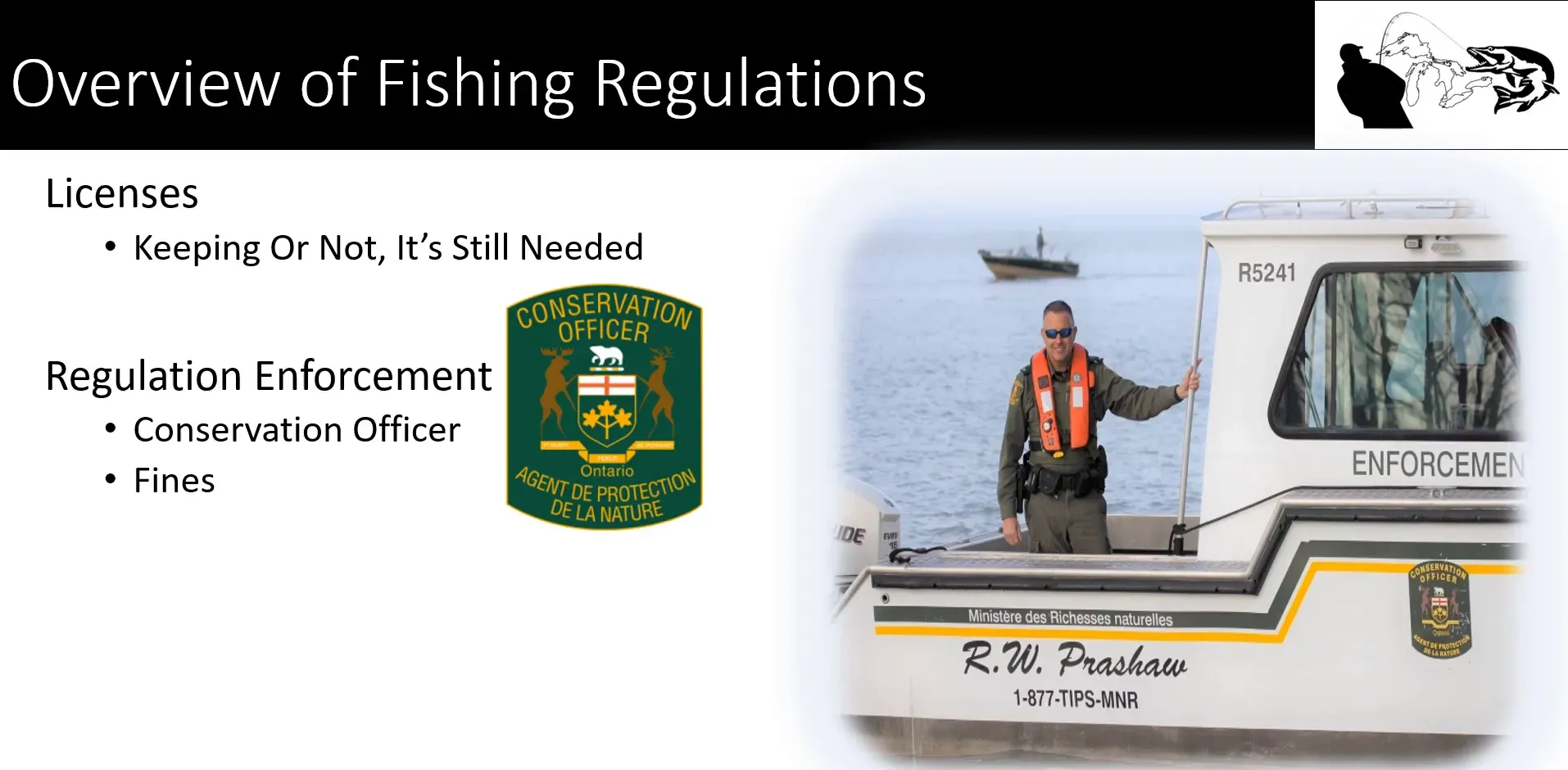
Table of Contents
- Why Fishing Regulations Matter
- Essential Fishing Rules Every Angler Should Know
- Catch and Possession Limits Explained
- Where to Find Ontario Fishing Regulations and Resources
- Final Thoughts: Fish Smart, Fish Legal, Fish with Respect
- Frequently Asked Questions (FAQ)
Why Fishing Regulations Matter
Before you even cast your line, it’s important to know the rules. These regulations aren’t just bureaucratic hassles — they exist to protect fish populations, keep ecosystems balanced, and ensure everyone can enjoy fishing for years to come. Conservation officers, sometimes called “green and white” or COs, enforce these rules and have the authority to hand out fines if they catch someone breaking them.
Ignoring fishing laws or “playing dumb” won’t help you avoid penalties. The fines can be way more expensive than the cost of doing things right, so it’s best to get your fishing license and follow the rules. If you’re ever unsure about a regulation, don’t hesitate to ask a conservation officer or check official resources. They’re there to educate and protect, not to give you a hard time.
Getting Your Fishing License in Ontario
Whether you plan to keep fish or just enjoy catch-and-release, a fishing license is mandatory in Ontario. Licenses are affordable, easy to obtain, and you must carry them with you while fishing along with valid ID to prove it’s yours. You can buy licenses for a single day, one year, or even three years, and they expire on December 31st of the license year.
There are two types of licenses: sportsman and conservation. The sportsman license is pricier but lets you keep more fish, which is important if you want to enter fishing tournaments or keep larger catches. The conservation license has stricter limits but is cheaper. If you’re fishing in a tournament, make sure you have the right license to comply with the rules.
Who’s Exempt from Buying a Fishing License?
Good news for some anglers — certain groups don’t need a license. If you’re under 18 or over 65, you’re exempt but must carry ID to prove your age. Family fishing opportunities also let anyone fish license-free during specific times of the year, although conservation limits still apply. Other exemptions include members of the armed forces, people with disabilities, and those with Aboriginal status. Always double-check the most current regulations to confirm your eligibility.
Essential Fishing Rules Every Angler Should Know
Ontario’s fishing rules can be tricky, especially for beginners. Here are some important “don’ts” that might not be obvious but can save you from fines:
- Transporting live fish without a special license is illegal. This prevents invasive species from entering new lakes or rivers and disrupting local ecosystems. If you’re moving fish from the lake to your house, drain your live well or make sure the fish are dead.
- Only keep fish hooked in the mouth. If a fish was hooked elsewhere, it’s considered snagging and is illegal. If the hook comes out during the fight but was originally in the mouth, keeping the fish is allowed.
- Keep skin on filleted fish when transporting. This helps conservation officers identify the species and ensure you’re within legal limits.
- Use local live bait and follow restrictions. Live bait use is restricted in some areas to prevent invasive species and diseases. You can only possess certain species of live bait and must buy or harvest them within your baitfish management zone.
- Never use game fish species as bait. Species like perch, sunfish, crappie, bass, and pike are illegal as bait, dead or alive.
Understanding Fishery Management Zones in Ontario
Ontario is divided into 20 fishery management zones, each with its own seasons, size limits, and catch regulations. Knowing which zone you’ll be fishing in is critical because rules can vary widely between zones. Some zones include fish sanctuaries where fishing is restricted to protect spawning fish. These sanctuaries might not be well-marked, so it’s your responsibility to check the regulations before heading out.
For example, some zones may have stricter size limits or even prohibit targeting certain species altogether. Ignoring these rules can lead to hefty fines and harm local fish populations.
Baitfish Management Zones: New Rules Starting 2022
Recently, Ontario introduced baitfish management zones to prevent the spread of diseases and invasive species via baitfish. Your baitfish management zone is based on your primary residence. You cannot transport baitfish, dead or alive, outside of your assigned zone. If you fish outside your zone, you must purchase bait locally.
This new regulation helps maintain healthy baitfish populations and protects fisheries across the province. Be sure to check your zone’s specific rules for harvesting, possession limits, and disposal to stay compliant.
Catch and Possession Limits Explained
Ontario fishing regulations set two key limits:
- Catch limit: The number of fish you can catch and keep in one day. Fish you catch and release don’t count toward this limit.
- Possession limit: The total number of fish of a species you can have on hand at one time. This includes fish stored in your car, boat, fridge, or cooler, but not fish you’ve given away or eaten.
For example, if the daily catch limit is five fish, and you catch and keep five in the morning, you can’t keep any more that day. If you give fish to a friend who then has more than the possession limit, they could face fines. Always be mindful when transporting or sharing fish.
Once you hit your catch limit, you must stop fishing unless your waterbody allows culling — a practice where you can swap one fish for another of the same species, but only if the fish are kept alive in a live well and released in good condition. Tossing dead fish back into the water is illegal and punishable.
Size Restrictions and How to Measure Fish Properly
Fishing regulations often include size limits to protect fish populations. These rules might specify how many fish you can keep under or over a certain length, or forbid keeping fish within a certain size range. These measures help ensure fish have a chance to spawn and maintain healthy populations.
When measuring your catch, always measure from the nose (with the jaw closed) to the tip of the tail fins pinched together. Avoid measuring fish on the ground with the tape over their body, as this can distort the measurement and lead to keeping undersized fish unintentionally.
Where to Find Ontario Fishing Regulations and Resources
Fishing regulations can be complex and change yearly, so it’s important to always check the latest rules before you fish. You can download PDFs of the regulations on your phone or get hard copies to carry with you. This quick five-minute check can save you from costly fines and help you fish responsibly.
If you have questions, contact the Ministry of Natural Resources or your local fisheries department. Sporting goods stores can also point you in the right direction. And of course, experienced fishing academies and guides are great resources to help clarify any confusing rules.
Final Thoughts: Fish Smart, Fish Legal, Fish with Respect
Fishing in Ontario is a fantastic way to connect with nature, relax, and catch some amazing fish. But it comes with responsibility. You alone are accountable for following the regulations, so take the time to learn the rules for your fishing location, get your license, and respect the limits.
By doing so, you help protect fish populations and ensure that this incredible sport is around to enjoy for generations. Remember, the cost of a fishing license and a few minutes spent reading regulations is nothing compared to the fines or the damage caused by ignoring the rules.
Ready to take your fishing skills to the next level? Consider joining a fishing masterclass or booking a guided trip on the world-class Georgian Bay fishery. Learning hands-on from experts is the fastest way to unlock your fishing potential and start catching more and bigger fish.
Happy fishing, and tight lines!
Frequently Asked Questions (FAQ)
Do I need a fishing license if I’m just catch-and-release fishing?
Yes. In Ontario, you need a valid fishing license whether you plan to keep fish or not. The license helps fund conservation and enforcement efforts.
What happens if I catch a fish that’s not hooked in the mouth?
It’s illegal to keep fish that were not hooked in the mouth. This rule prevents snagging, which can seriously injure fish.
Can I use any live bait when fishing in Ontario?
No. The use of live bait is restricted, and you must use local bait species from your assigned baitfish management zone to prevent invasive species and diseases.
Are there any exemptions to buying a fishing license?
Yes. People under 18 or over 65, members of the armed forces, those with disabilities, and Aboriginal people may be exempt. Check current regulations for details.
How do I measure fish correctly to follow size limits?
Measure from the closed mouth’s tip to the tail’s tip with the tail fins pinched together. Use a measuring tape under or over the fish (not on the ground) to avoid distortion.

